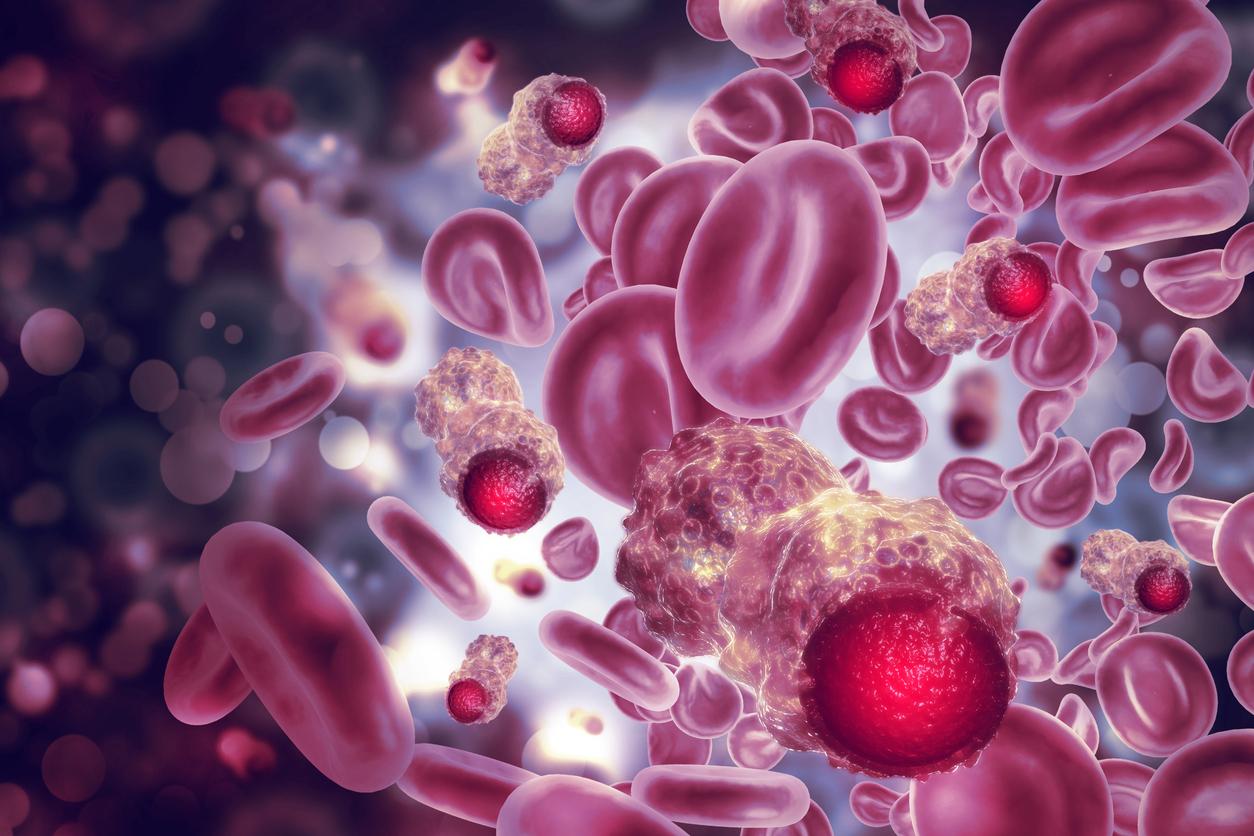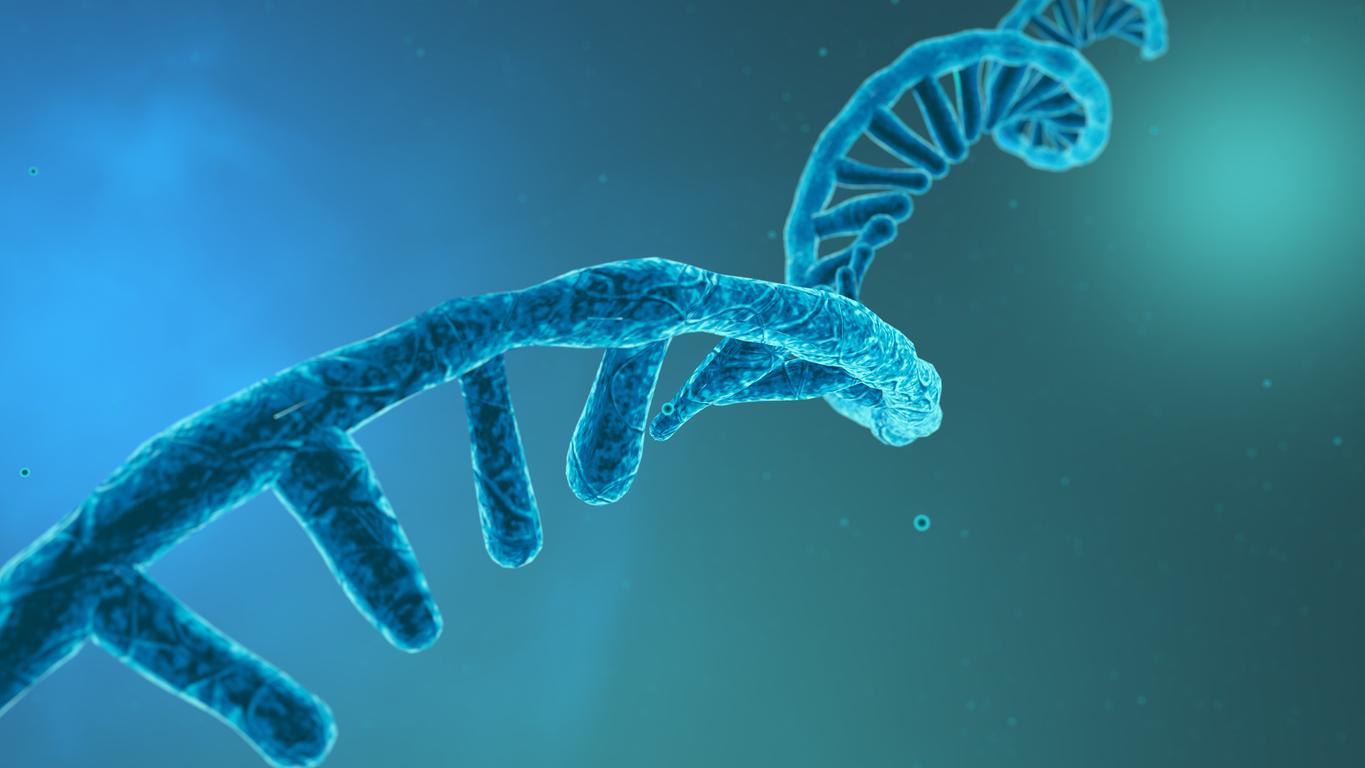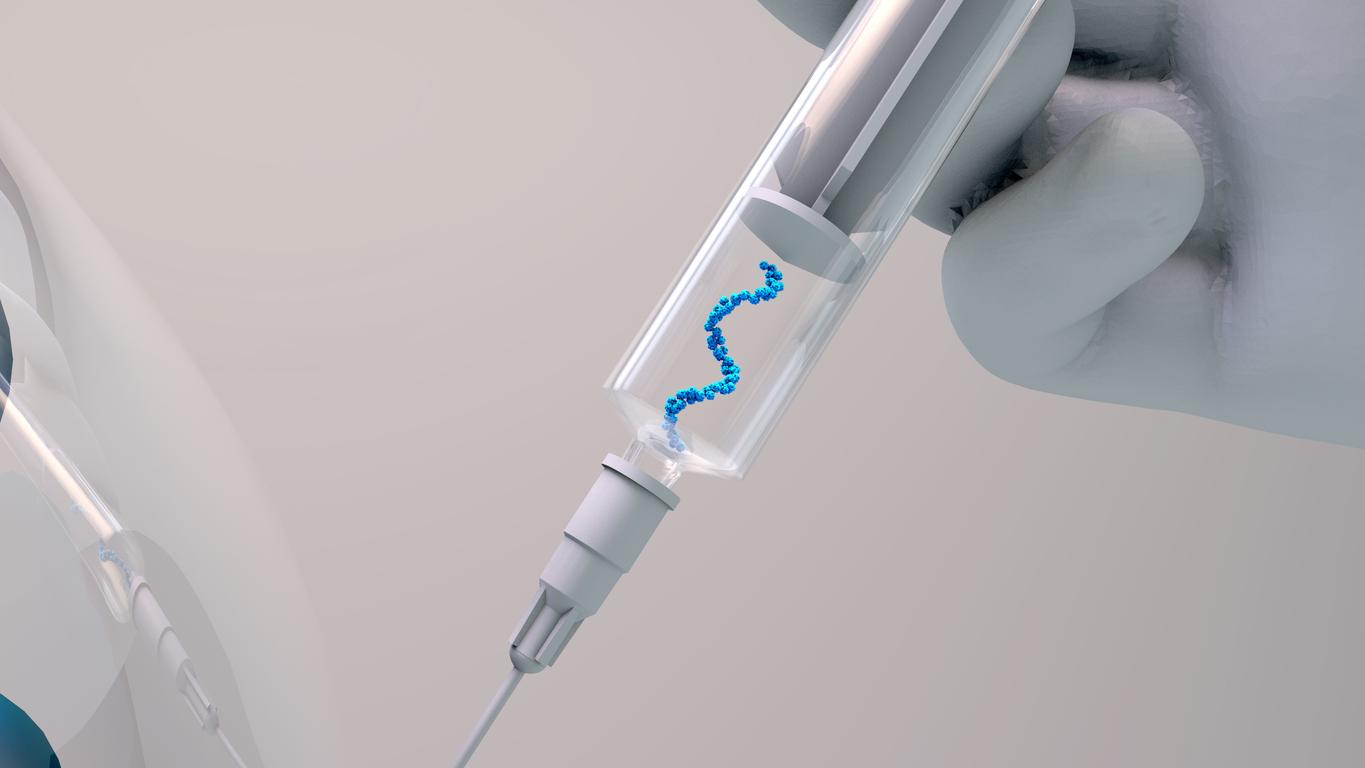The World Health Organization hailed an “encouraging” announcement. The vaccine developed by the American pharmaceutical giant Pfizer, a partner of the German drug manufacturer BioNTech, is said to be “90% effective”. This means that vaccinated people had a 90% lower risk of contracting the coronavirus.
The result is remarkable but these are intermediate results, so you have to wait for the final results and be careful. Still resident three essential questions : what is the duration of protection of this vaccine? How effective will it be in people at risk? Is the vaccine safe?
If they are conclusive, it would be the 1st messenger RNA vaccine. Other laboratories are currently working on this technique, in particular the American biotech Moderna Therapeutics, whose phase 3 trials started at the end of July. Sanofi Pasteur is also betting on an experimental vaccine based on messenger RNA, in partnership with the American biotech TranslateBio.
What is the principle of the RNA vaccine?
Vaccines are all based on the same principle: eliciting a response from the immune system by teaching it to recognize the target virus and in fine destroy it. It involves somehow educating the immune system so that it is ready when the time comes. Conventional vaccines rely on the injection of the target virus, inactivated or attenuated.
But new vaccine technologies are disrupting practices, especially those that use DNA or RNA molecules messenger (mRNA). These are injected into the patient in order to have part of the virus produce directly by his cells and thus stimulate an immune response.
In the case of mRNA vaccines used against Covid-19, the ingredients – strands of genetic code – necessary for the manufacture of spike protein (protein S), present on the surface of SARS-CoV-2. The idea: to teach the immune system to recognize these proteins, in order to be able to trigger an immune response in vaccinated people.
RNA or DNA vaccines: what are the differences?
The principle is the same except that we inject a strand of DNA or RNA. The advantage of the DNA vaccine? It is less fragile and the production of S proteins is of better quality (more sustainable).
The stake in both cases is injecting the vaccine into cells. The American biotech Inovio Pharmaceutials, for example, uses electric shocks to facilitate the injection of DNA strands. Moderna, BioNTech and CureVac use some sort of vehicle to encapsulate RNA and facilitate its entry into the cell.
Technically, DNA injection is however more complicated because once injected into the cell, it must also cross the nuclear membrane (the nucleus). Conversely, the RNA virus is active immediately after having passed the cell membrane.
What are the strengths and weaknesses?
These techniques have the advantage of saving time in the preparation of the vaccine. This is the main advantage. But … They also pose a logistical problem: RNA vaccines must be stored at very low temperatures, at around -80 ° C, while traditional vaccines are stored at around -20 ° C.
Read also:
- Coronavirus could have escaped from a laboratory, according to a French study
- Mink, obstacles to the creation of a vaccine against Covid-19?
- Reinfection by covid-19: a phenomenon that remains rare
- Covid-19: Lighter patients and seniors lose their immunity faster


















